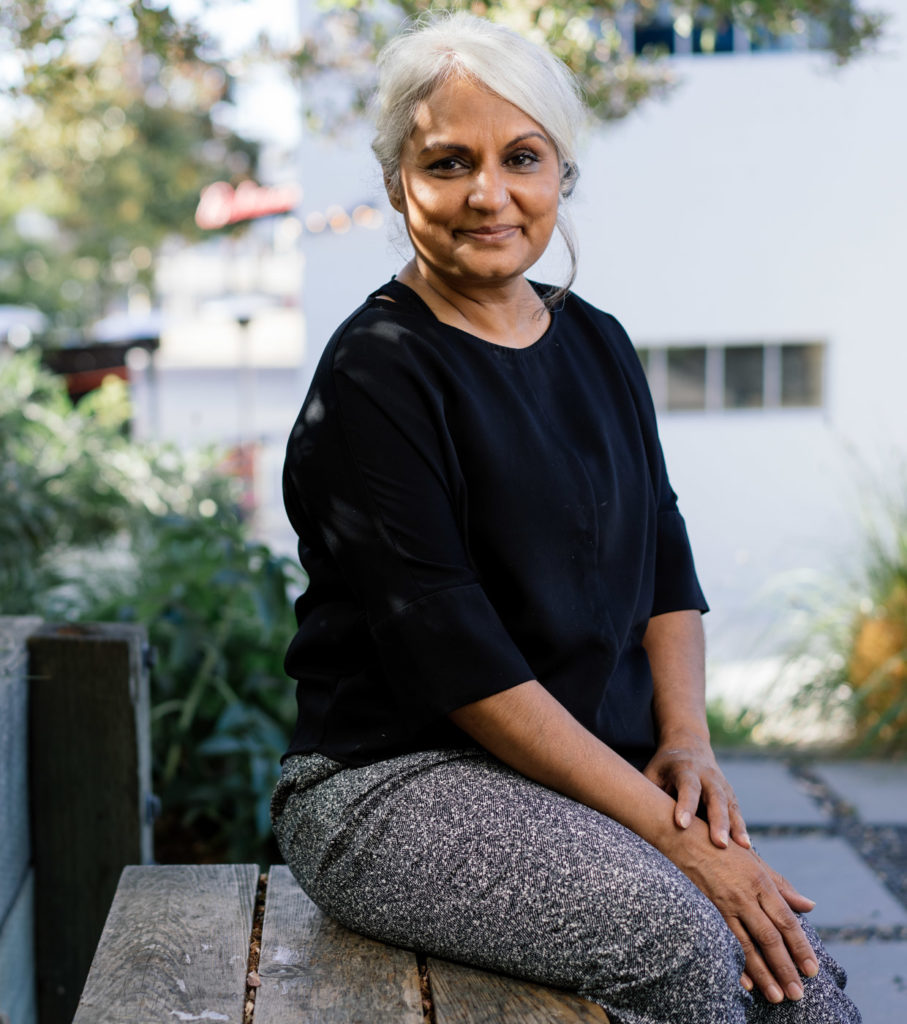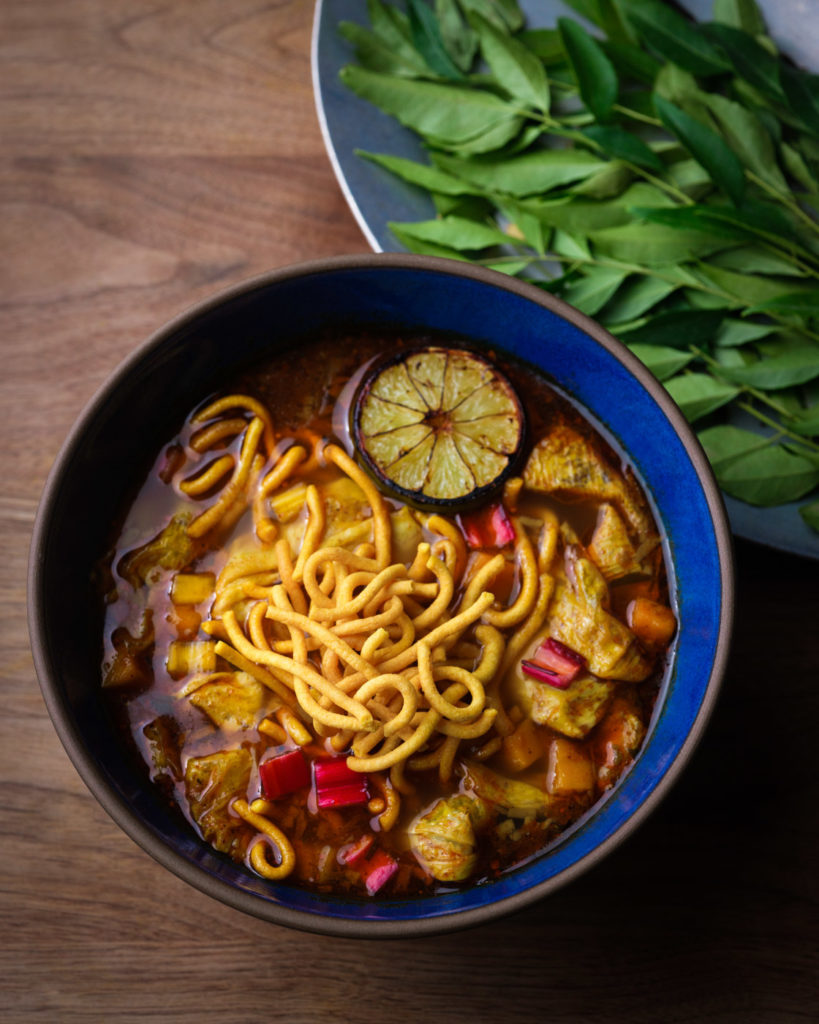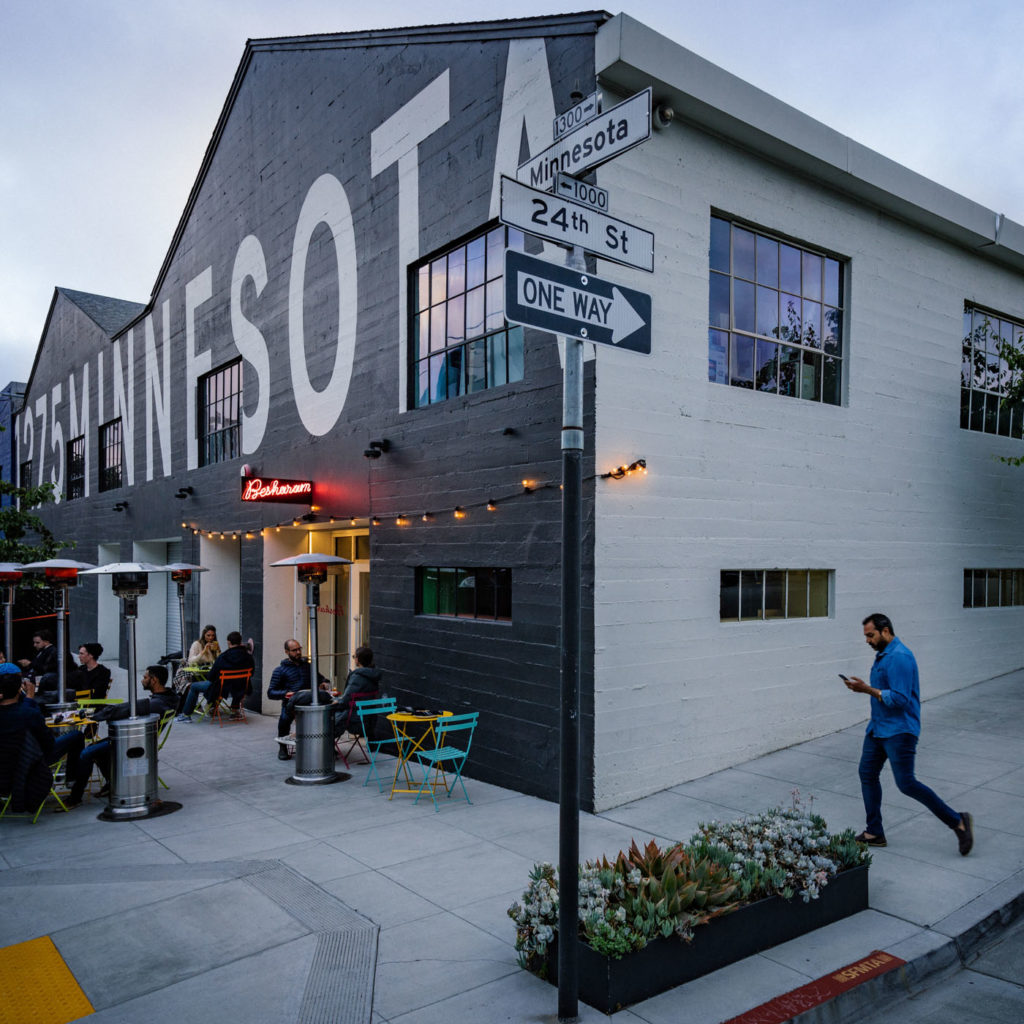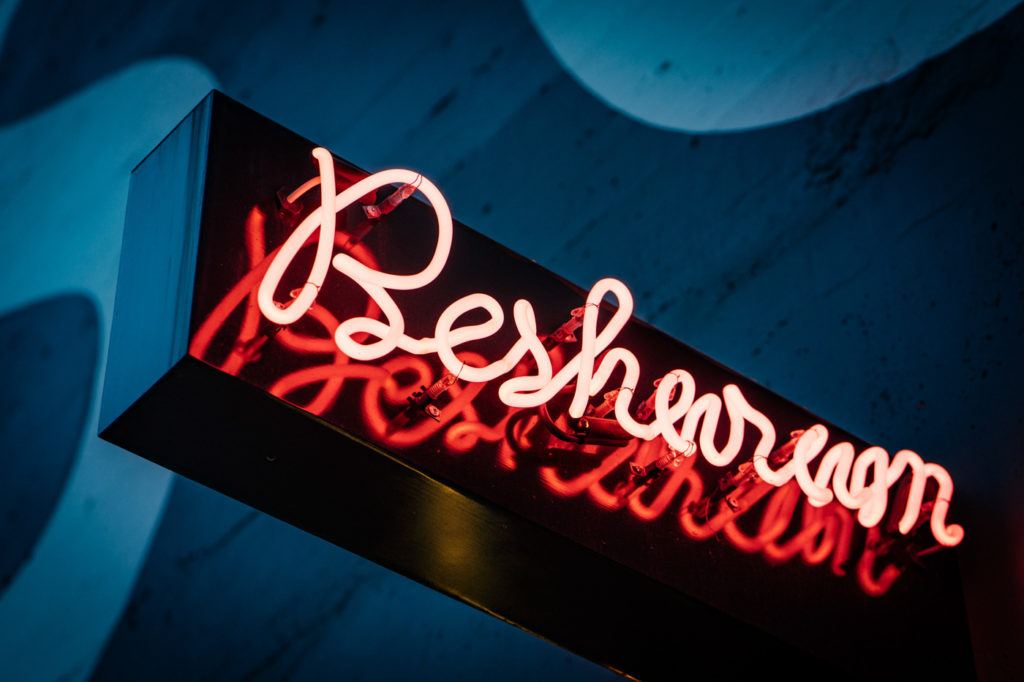What’s the Dish: Besharam’s Dal Dhokli
In this installation of What’s the Dish, Besharam’s chef and owner Heena Patel shares the story behind her Dal Dhokli.
“Besharam (roughly translated to mean shameless) is the dream I always carried in my heart when I pictured opening my own restaurant,” says Heena Patel, Besharam’s chef and owner. Opened in 2018, the restaurant serves an all-vegetarian menu composed of dishes inspired by Patel’s childhood that have been interpreted through a California lens.
While growing up, her mother would say, “A guest is an incarnation of God.” This is an ethos Patel carries to this day, evident in her dining room.
“I want each person who joins us to feel as though they are on a journey with me through the Gujarat region, experiencing the comfort and joy these dishes always brought me and my family,” she says. Patel sees the restaurant as an extension of her journey as an immigrant, and expresses a deep sense of gratitude and joy for having the opportunity to share her cuisine.
“Besharam is my life and livelihood,” Patel says. “I recently turned 56 and this is the first time in my life that I am doing what I love to do.”
In this installment of What’s the Dish, we spoke with Patel about dal dhokli, a traditional Gujarati dish that’s offered on the Chef’s Table tasting menu.

What’s the dish called? When was it added to the menu?
Dal dhokli. It is currently offered as part of our new Chef’s Table tasting we debuted last summer as an off-menu experience available to one party each night. It’s a deeply personal reflection of the home-cooking I grew up experiencing in India.
What are its ingredients? How is the dish prepared?
The ingredients include moong dal broth, Hodo yuba sheets, edamame, coconut crumbs, dal masala, turmeric, silk chili, coriander halves, black lime, tamarind pulp, jaggery, cilantro, ginger and garlic.
We start by preparing a sweet, tangy and spicy coconut-cilantro legume broth, and then hand-tear fresh yuba sheets. The sheets are placed in the center of a deep serving bowl and topped with the very hot broth to steam. We then top the dish with a melange of toppings that include edamame, shredded cabbage, salty peanuts, charred lime, coconut oil, bhujia sev and trimmed cilantro springs.

Where do you source the ingredients in this dish from? What can you tell us about who sells you these items?
We source the legumes and spices from the New India Market and Specialty Food Store, and the yuba sheets are from Hodo Foods, a Bay Area-based company founded by Minh Tsai, a Vietnamese refugee. He got his start at a farmer’s market stand here in San Francisco, which resonates with my experience—before opening Besharam in 2018, I ran a pop-up called Rasoi at the Ferry Building.
Why is this dish important to your restaurant?
When I was growing up in India, this was one of my favorite dishes. My mom would always prepare extra so I could have it the next day. It’s pure comfort food to me and nourishing for the soul, but it’s also versatile and easily adaptable based on seasonal ingredients. But the taste profile of the dal broth itself is a perfect representation of my style of Gujarati cuisine at Besharam. It encapsulates my childhood memories and my adulthood in the Bay Area in one bowl.


What was the concept or inspiration behind creating this dish? Has this dish evolved from its original concept?
The simplicity of this dish is both elegant and comforting. My mom served dal with hand-rolled roti pastas and topped it with green beans, rice, onion and peanut oil. I have a love affair with fresh yuba, so in my version, I replace roti pasta with hand-torn, soft delicate yuba tofu sheets.
I like to interact with my guests and involve them in the experience as I would if I invited them into my home, so I give them a few options for the toppings. They choose what and how much they want, and the different colors and textures add depth and complexity to the final dish. Each bite gives a different taste.
Photos courtesy of Besharam.






Our comments section is for members only.
Join today to gain exclusive access.